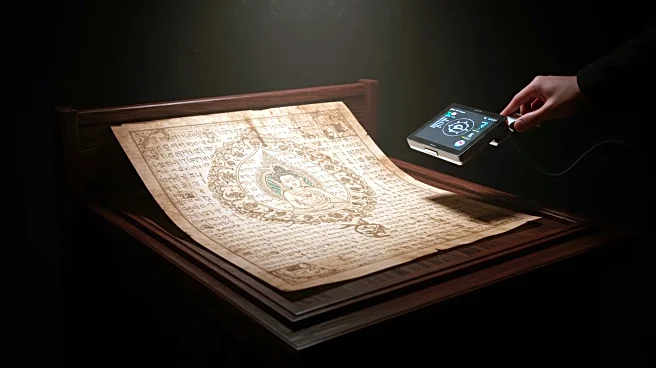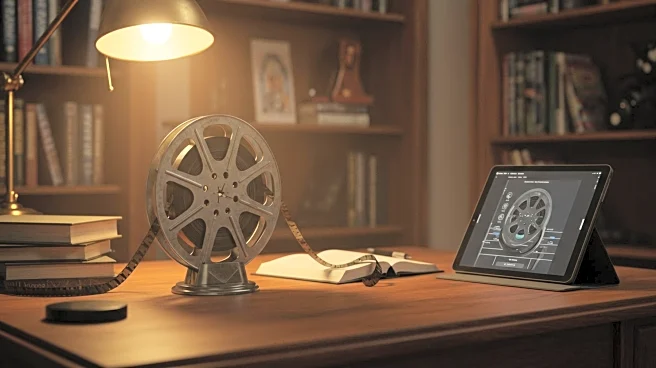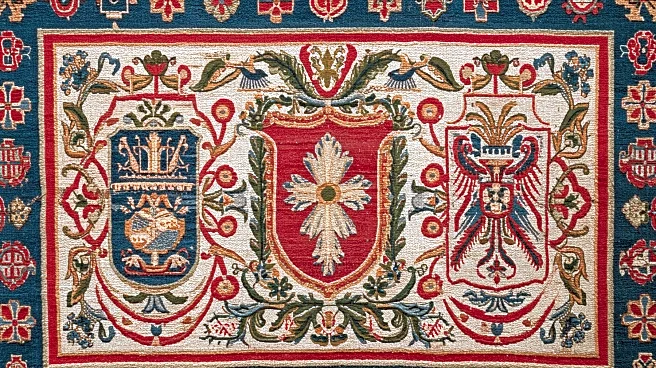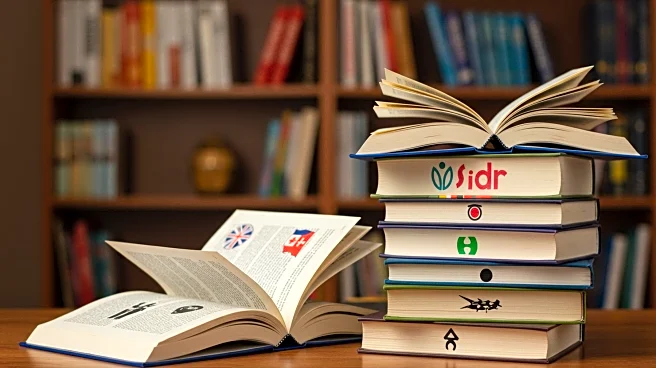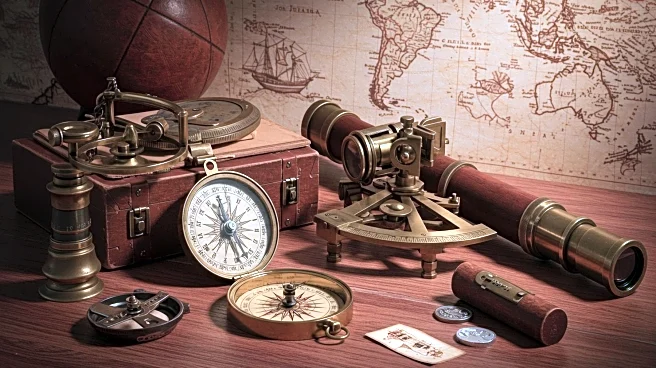What's Happening?
Researchers at the Ethnological Museum of the National Museums in Berlin have successfully used advanced technology to uncover hidden texts in ancient Buddhist scrolls. These scrolls, part of a Mongolian gungervaa shrine, have been in the museum's collection for over a century. Due to their fragile nature, the scrolls could not be manually unrolled without risking damage. Instead, the team employed X-ray tomography and artificial intelligence to virtually unwrap and digitally recreate the scrolls' contents. The analysis revealed Tibetan characters and the Tibetan Buddhist mantra 'Om mani padme hum,' urging universal compassion. The findings were published in the Journal of Cultural Heritage.
Why It's Important?
This technological breakthrough in analyzing ancient artifacts has significant implications for cultural heritage preservation and historical research. By using non-invasive techniques, researchers can access and study delicate artifacts without causing physical harm, potentially unlocking new insights into historical texts and cultural practices. The discovery of Tibetan characters in a Sanskrit text suggests a complex cultural exchange that warrants further investigation. This research not only contributes to the understanding of Buddhist traditions but also demonstrates the potential of technology in advancing the study of ancient cultures.
What's Next?
The Ethnological Museum plans to continue its decade-long project to restore the Tibetan shrine, with further analysis of the scrolls expected to provide additional insights. Researchers aim to visualize more sections of the scrolls and decode specific texts to gain new clues through textual analysis. The exhibition 'Conservation in Dialogue' at the Humboldt Forum will showcase these findings, offering visitors a deeper understanding of the shrine and its cultural significance.
Beyond the Headlines
The use of technology in cultural preservation raises ethical considerations about the interpretation and representation of sacred artifacts. As researchers employ advanced methods, they must ensure that the cultural and spiritual significance of the objects is respected. Collaborating with cultural heritage experts and communities connected to the artifacts is crucial in maintaining the integrity of the research and exhibition processes.
